About Spiti valley bike ride
I could hear the mountains calling me, I had to return the call.
Over a cup of coffee, I told Hari that I had planned a solo ride to Ladakh in July. Fascinated after knowing the details, he insisted on joining the trip. I couldn’t say no to my school friend and decided to take the amateur on some of the world’s most treacherous roads.
We finalized the dates as 29th July to 13th August for the ride.
But just a few weeks before the ride dates, protests erupted in the entire Kashmir valley and the situation went from bad to worse. The signs were ominous and unwillingly we had to prepare a ‘Plan B’. We chose Spiti Valley because not only was it a part of the same terrain and culture but also gave us the flexibility to ride to Ladakh in case the protests stop.
Day 1: Mumbai to Jammu
We took a flight from Mumbai to reach Jammu. We had already sent our bikes through Indian railways parcel services. After checking into a hotel, we went to Jammu railway station to collect our bikes. Luckily, there were only minor scratches on the bikes. If you are unaware, the Indian railway’s parcel services are notorious for damaging goods. After collecting our bikes, we went back to the hotel. Since there was nothing worthwhile doing in Jammu, we dozed off as we had an early start tomorrow.
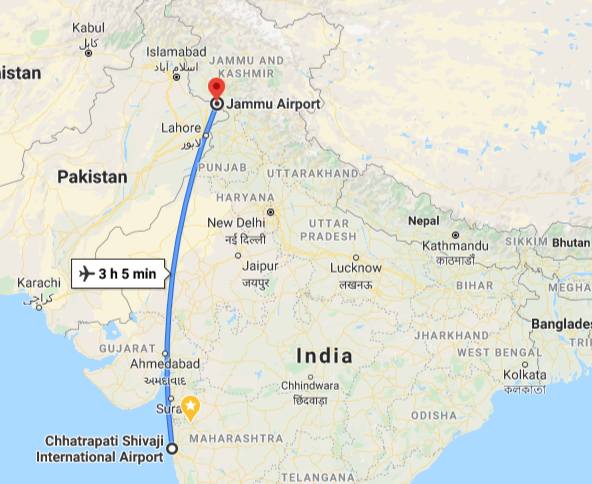
Day 2: Jammu to Kishtwar
We started early morning by 8am and were welcomed by a lite drizzle. It didn’t matter, it was kind of an initiation ceremony for the tough challenges lying ahead! The road started to climb as soon as we left Jammu on to National Highway 1. Flora and fauna of the Himalayan foothills were breathtaking and full of life.
We took our first stop at Patnitop around 3 hours from Jammu. The weather and peace here are in complete contrast with the chaos on NH1 making it a good place for a short break. There is a gated garden, places to sit and tall trees to relax.
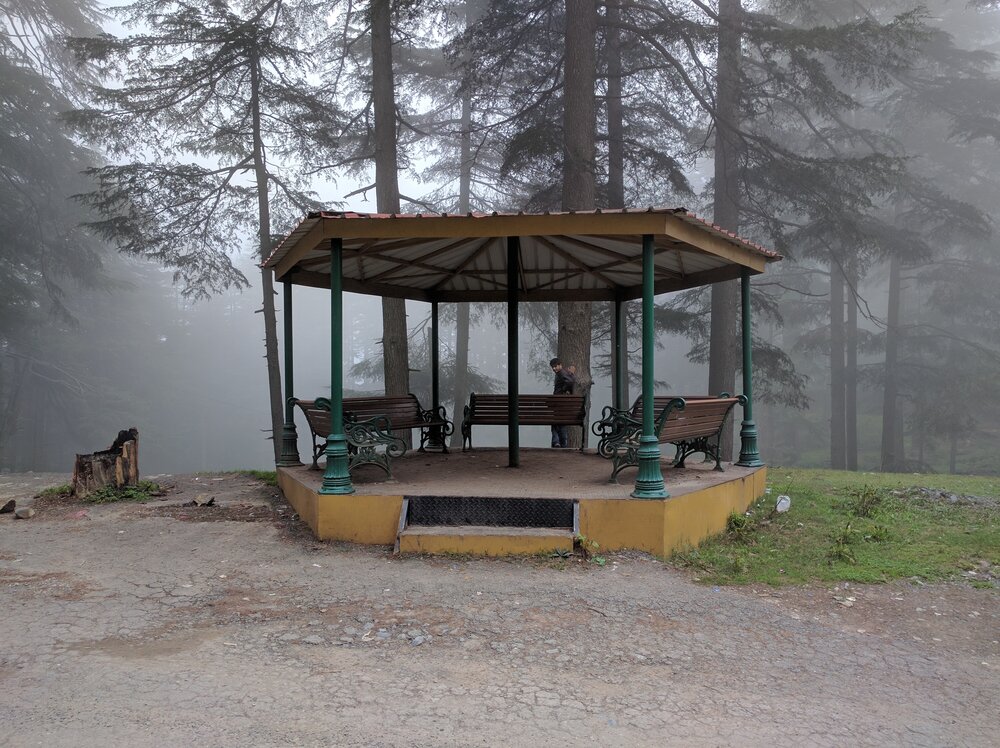
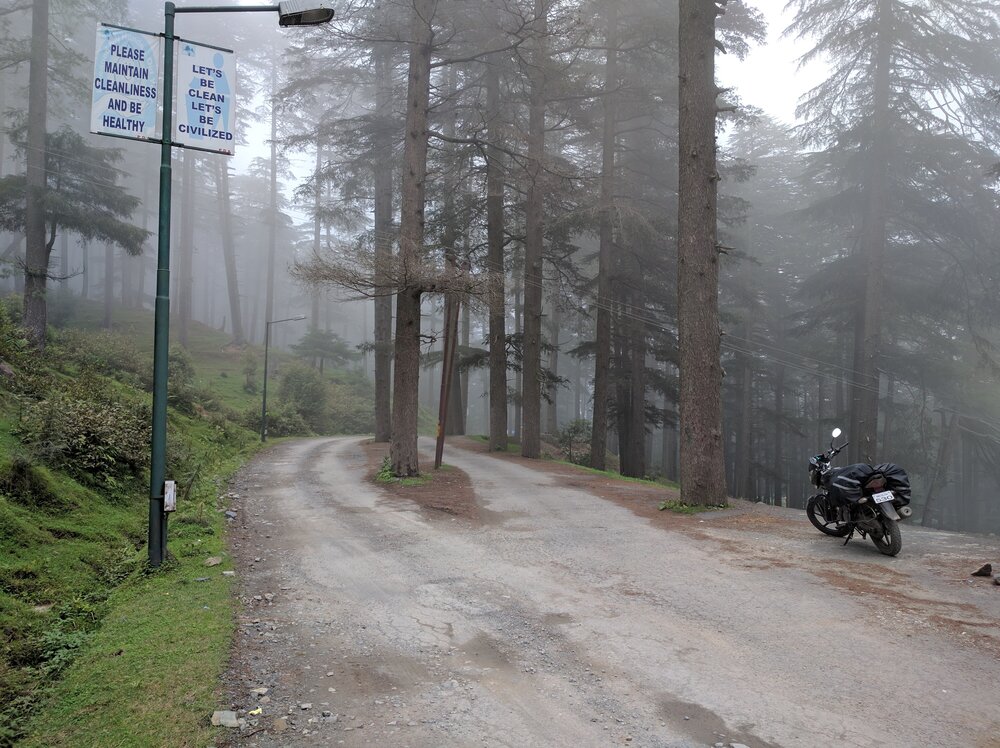
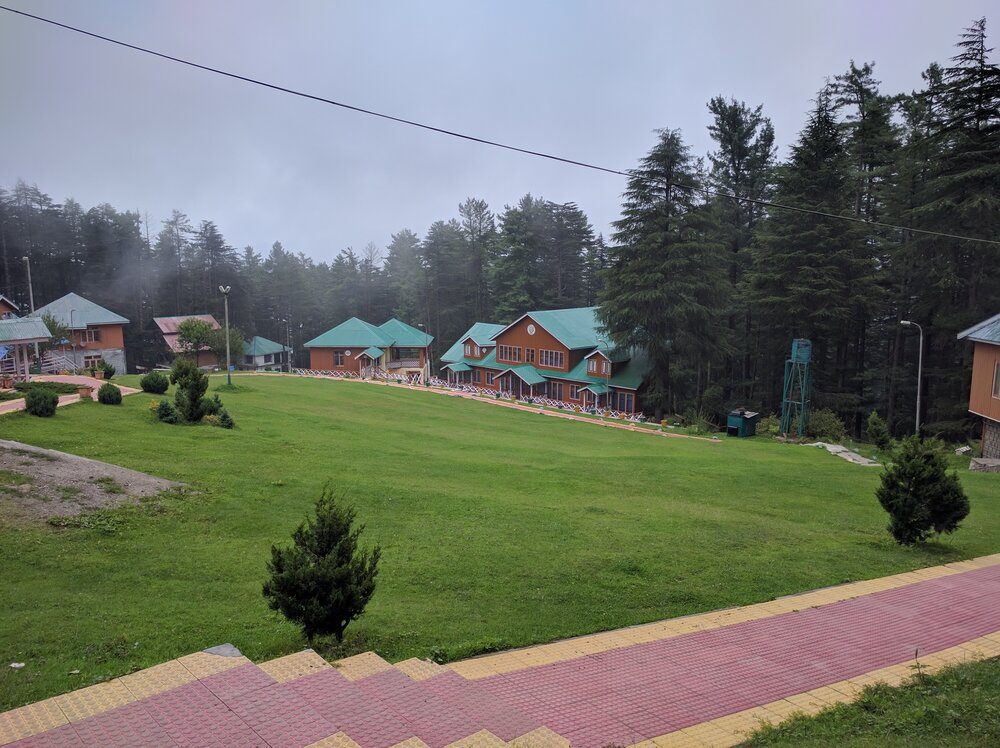
After spending some time at Patnitop, we started the descend and saw our first glimpse of Kashmir valley. We had only read about the valley, but the first time you see it, that is a feeling like none other. At the bottom of this descent comes the small village of Batote with a signboard showing Srinagar and the other towards Kishtwar. For a brief moment, me and Hari stared at the sign board and wondered, should we risk it and go the Srinagar?
But common sense prevailed and we decided to stick with our planned route towards Kishtwar!
The road to Kishtwar is flanked by River Chenab on one side and the road carved through the Himalayas. River Chenab will accompany us through the entire first phase of the route till Chandrataal lake. After a long day on the road, we reached Kishtwar just before the sunset. There are only a couple of hotels here and we chose to stay at “Hotel Blue Sapphire” which was recommended by a policeman at a check post. Kishtwar also has a petrol pump and you can’t move ahead without refilling, as the next one is at Tandi bridge, 234 km away. We tanked up our bikes and jerry cans just in case.
Hotel Blue Sapphire in Kishtwar is a decent place to stay and it also has its own restaurant. The room rent was Rs.600
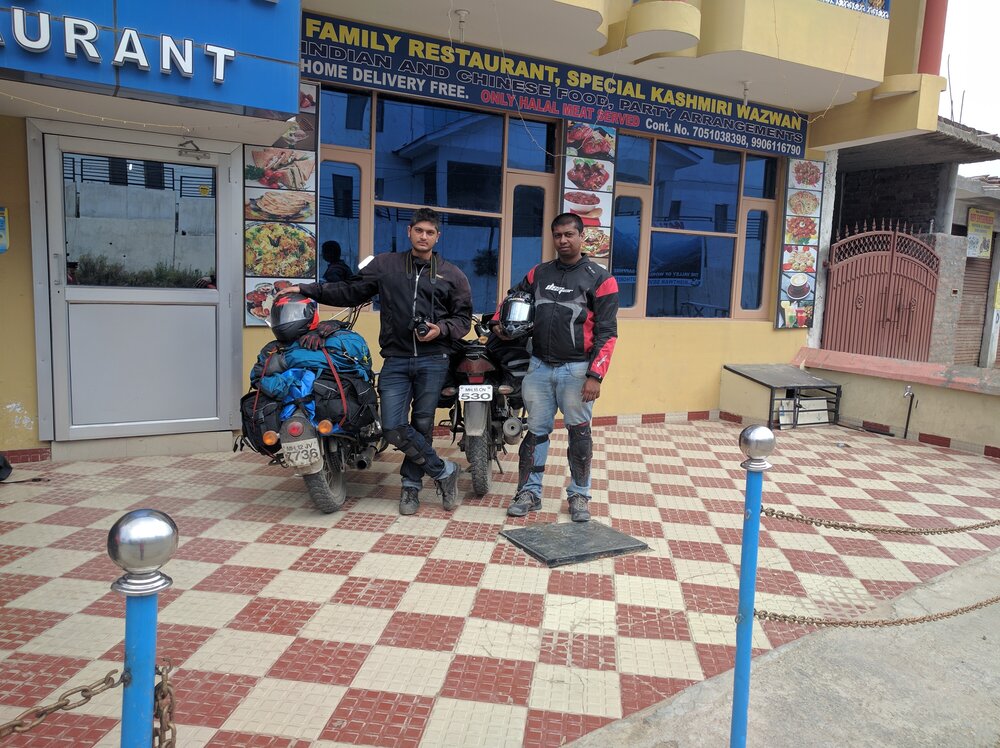
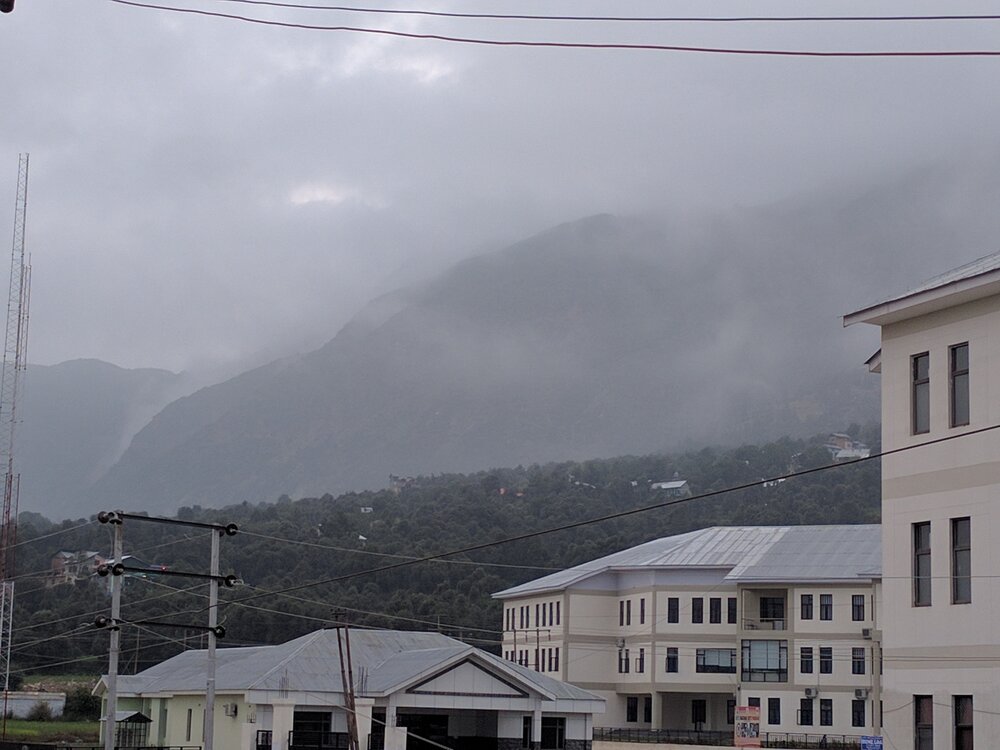
Route: Jammu to Kishtwar (Via Udhampur, Patnitop, Batote, Doda)
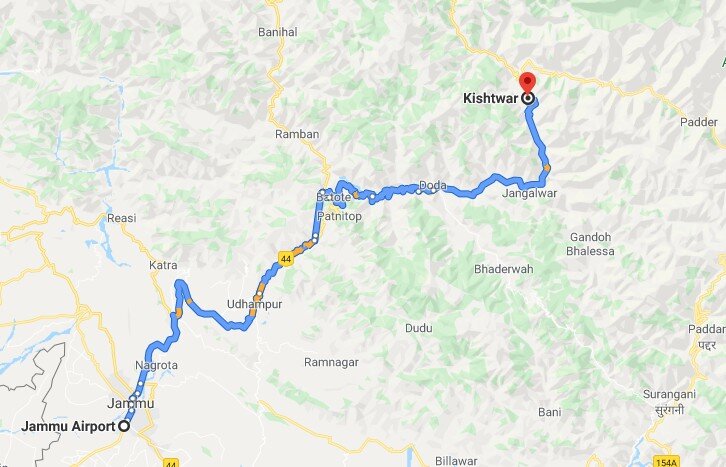
Day 3: Kishwtwar to Killar
The road from Kishtwar to Killar is a narrow and high-altitude patch carved through the Himalayan mountain range with a deep gorge on one side leaving absolutely no room for error. As we moved ahead, we observed the changing terrain. The mountains were getting taller and Chenab river accompanying us showed more rage with every passing kilometer.
Climb is gradual till Gulabgarh, where we were at 12PM. It is a beautiful small village and you will find some places on the road that prepare food on request. Gulabgarh offers the perfect place to rest with pristine views of the snow-capped mountains.
But the going gets tough from here as the tar road ends and it changes into a dirt path with a gradual climb. As we moved ahead, we realized why this route is one of the most dangerous roads in the world!
It took around 1 hour to cover the first 15 Km and we were finding that hard to believe. As the day progressed this became the average speed as anything above 25 kmph is dangerous. It got tougher and narrower and we were greeted by the first stream crossing which originated from the mountain on one side and ran on the road itself for some distance This meant we had to cross the stream and ride on it for some distance. The water is ice cold and it takes some time for the legs to get their senses back. It had been hours since we saw a vehicle on the road.
In two hours, we reached Tyaari which is the last village of Jammu and Kashmir state, the cliffhanger was about to start. Steep gradients and waterfalls landing in front of you only make things worse. The cliffhanger looks like small patch at first since you cannot see the entire route but there comes a point when you can see the entire route. The photo below should give you an idea of what I mean.
While continuing on the route, my Royal Enfield started to lose power and would not climb. Not an ideal situation when the only other vehicles that runs here are the TATA Sumos which are also a very rare sight. We decided to unload the entire luggage from my bike with Hari waiting with my luggage and me trying to reach till the top of the cliff. Fortunately, the bike was able to make this climb.
I walked back down and at the same time there was a Tata Sumo passing by. We asked if he can give us a ride till the top of the cliff along with my luggage, he agreed. I climbed on the back of the Tata Sumo while Hari followed it till we reached the top. We loaded the entire luggage back on my Royal Enfield and carried on, hoping, the problem does not arise again. It did not but never the less, this was a concern and we needed to find a mechanic in the next town we stop.
It took 10 hours to cover 115 Kms and reach Pangi valley (Killar). With fewer breaks, it is possible to do it in 8 hours but then it will tire you even more. Killar is a small town and has barely a couple of hotels which are also not in a very good condition. We chose the one that was slightly better of the two options. Thankfully, it also had a bar and we badly needed a drink. We had survived on one of the world’s deadliest roads, it was time for a small celebration.
Route: Kishtwar to Killar (Via Padder – Gulabgarh – Tyaari (J&K)/Ishtyaari (HP))
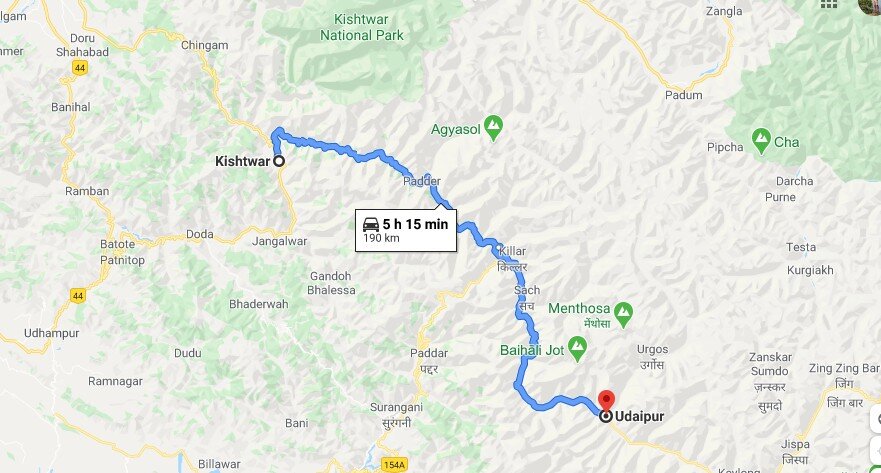
Day 4: Killar to Udaipur
Originally the plan was to spend a day in Killar to visit Sach pass at 14,500 ft. Sach Pass is a must do on this route but we decided against taking the risk of getting stuck at high altitude since my Royal Enfield was in no mood. I had realized on the cliff-hanger yesterday that my bike mechanic forgot to replace the air filter which meant that the carburetor did not get enough clean air for combustion, resulting in low power output. Knowing this and still going to Sach pass would have simply meant getting stuck there, so with much reluctance, we decided to give it a miss and continue our journey ahead.
Killar to Udaipur is only 79 Km but the road’s condition doesn’t change. The entire patch is a cliff-side narrow road with no room for error. From Killar, we could feel the distinct change in culture and food. As we traveled further, we noticed the growing influence of Tibetan culture. Although one of the most dangerous roads, the beauty of this route is disturbed by the ever-flowing Chenab river. The photos below are a testament to it.
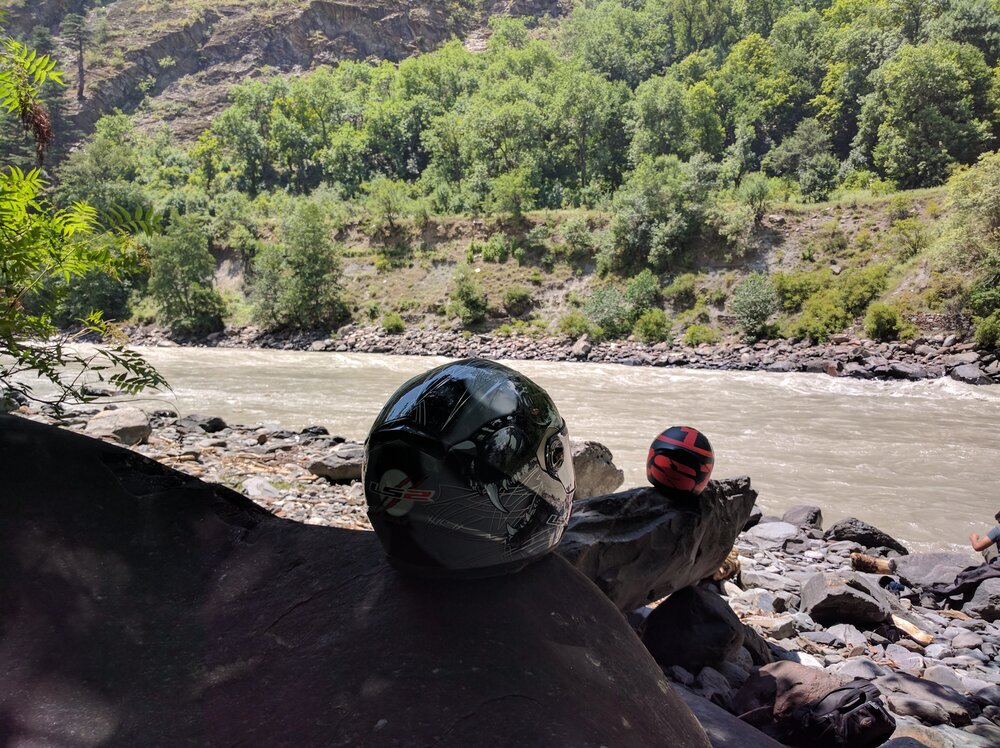
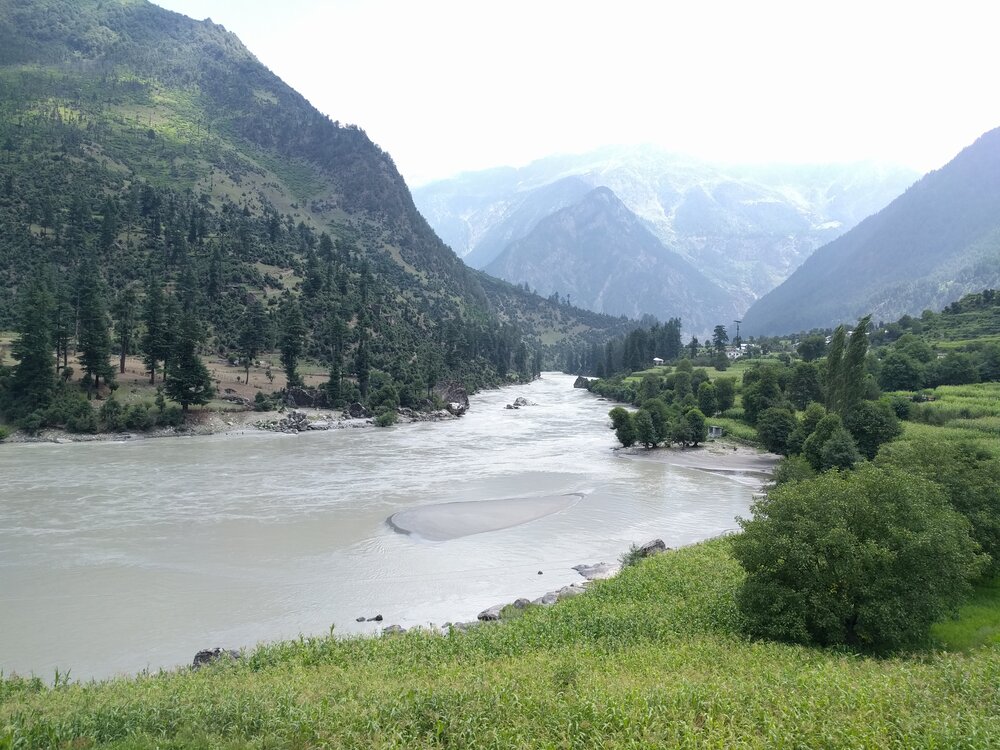
After a tiring day on the road, we reached Udaipur by 5 PM. Udaipur is a small but beautiful town that has it all, from WiFi to mechanic shops and Parathas to Momos. Surrounded by mighty snow-capped mountains, this town offers a perfect place to relax, so we decided to take a break and stay a day here. There are plenty of good hotels at very affordable rates; ideally, you can get a room from Rs.400 to Rs.1000. We stayed at on which cost us Rs 500 overlooking a farm and mountain.
Route: Killar to Udaipur
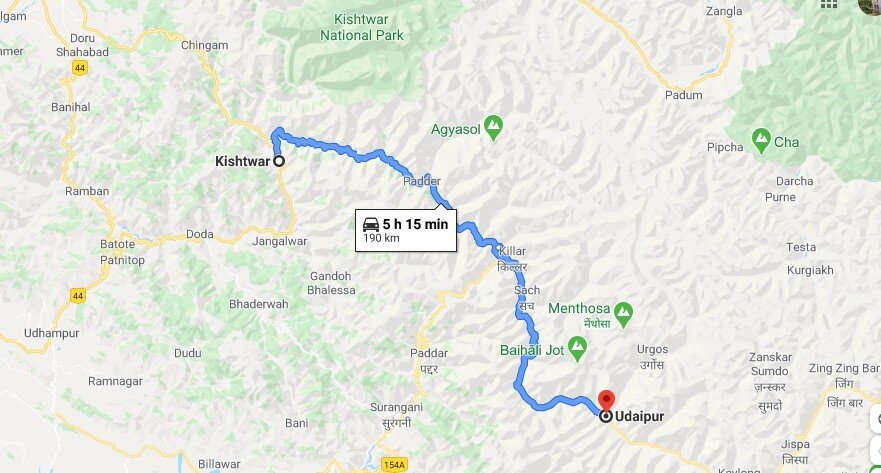
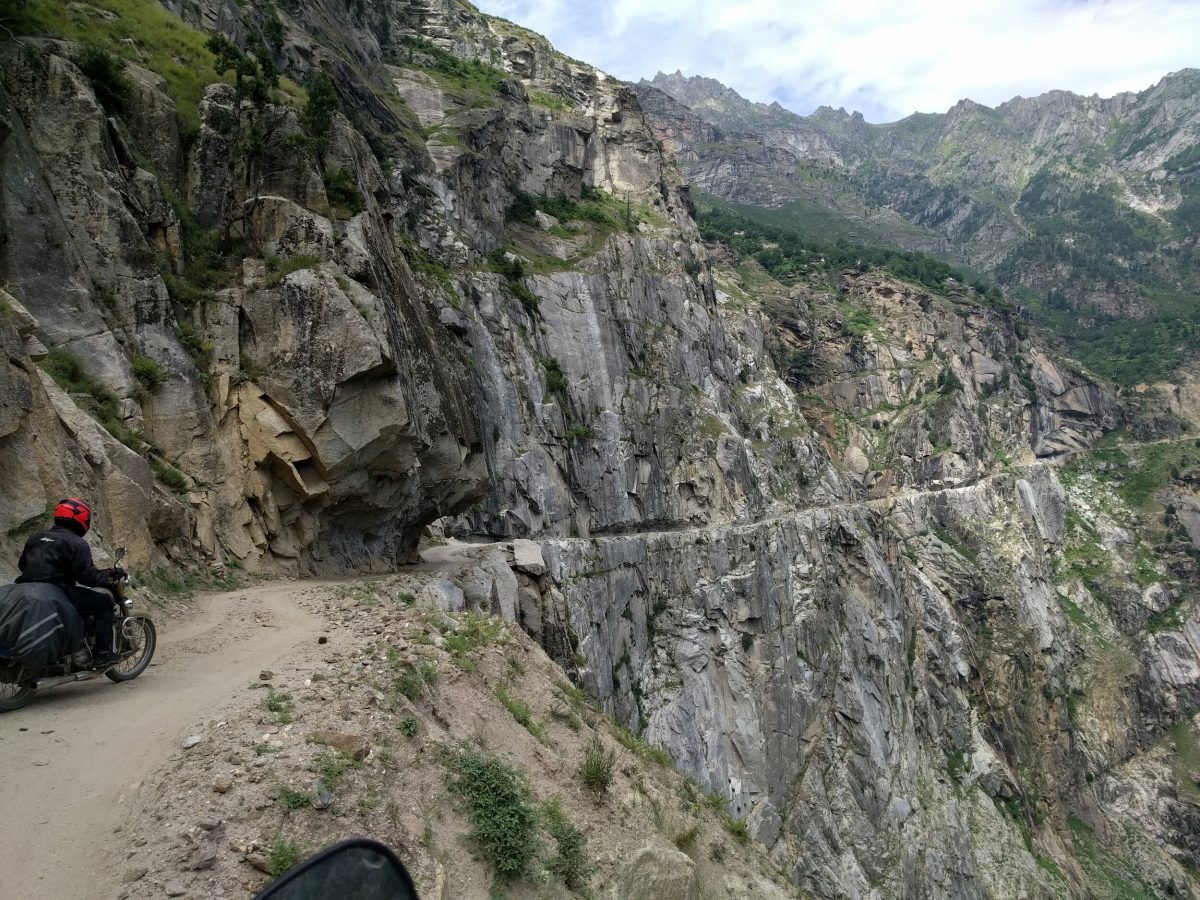
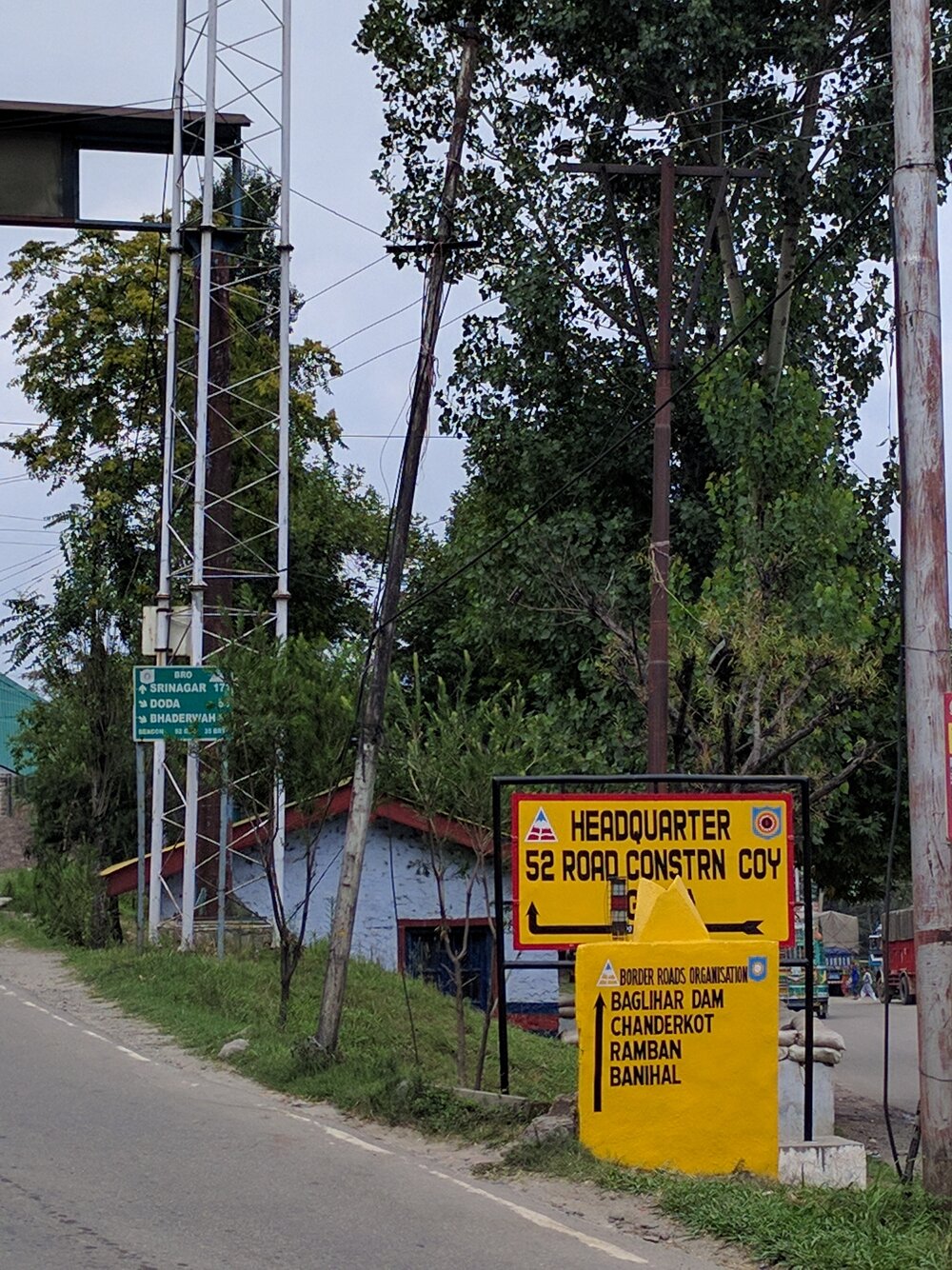
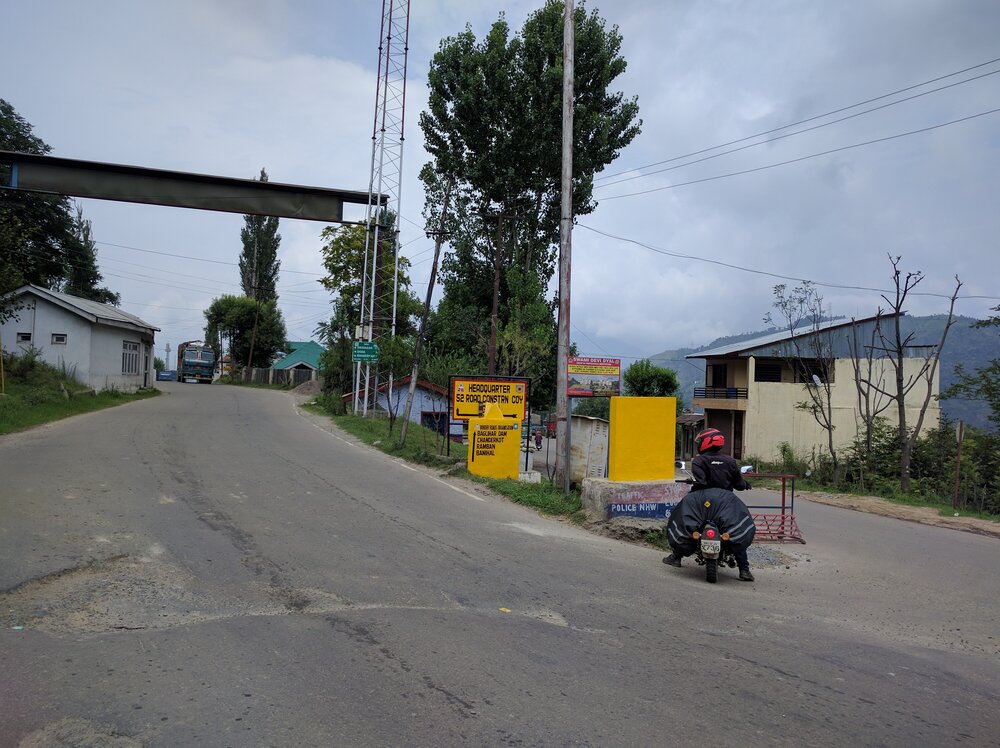
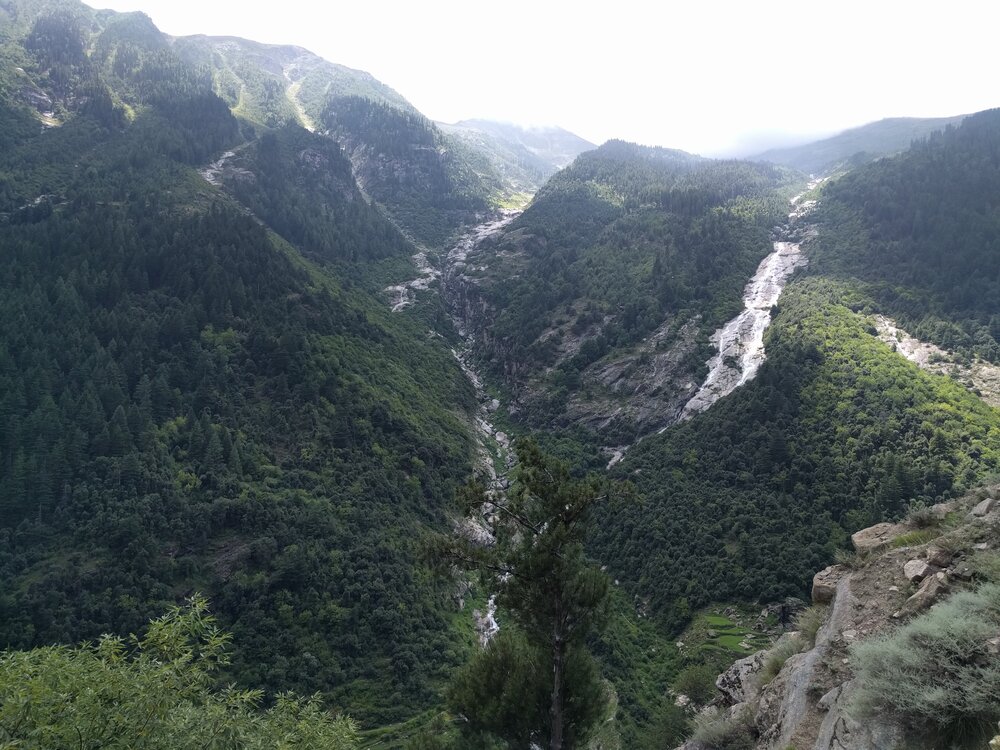
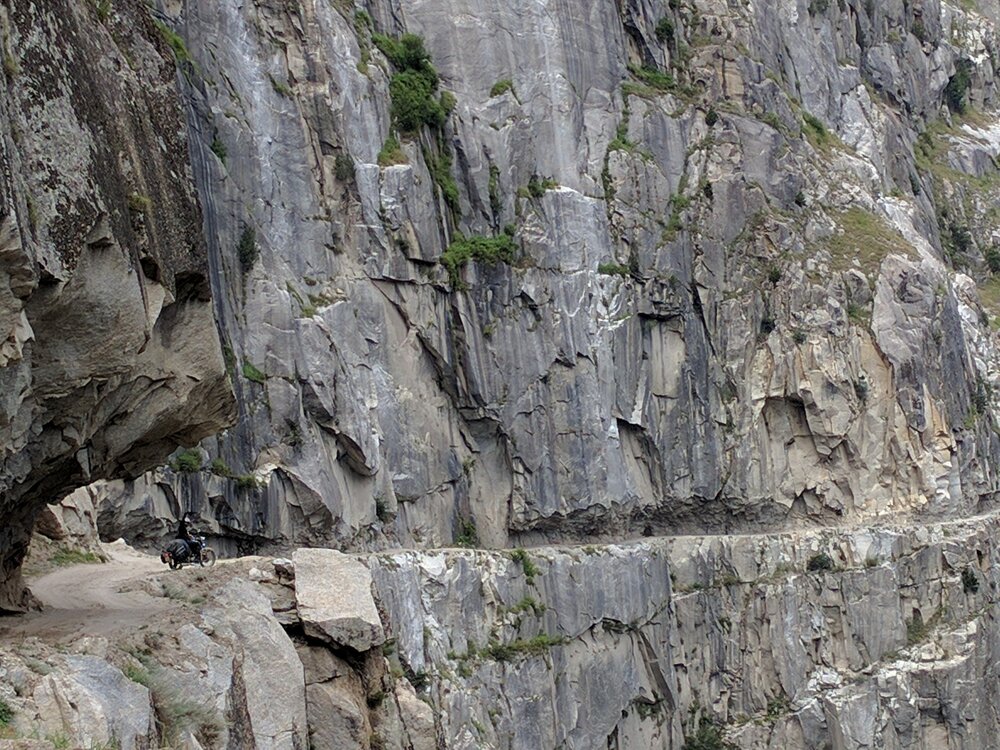
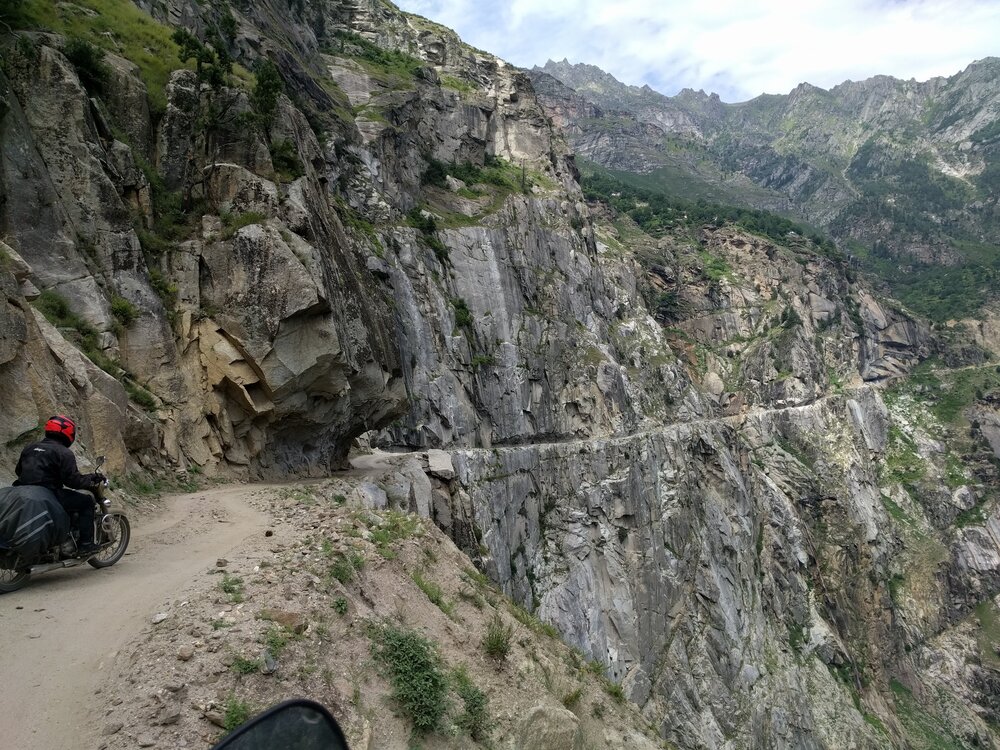
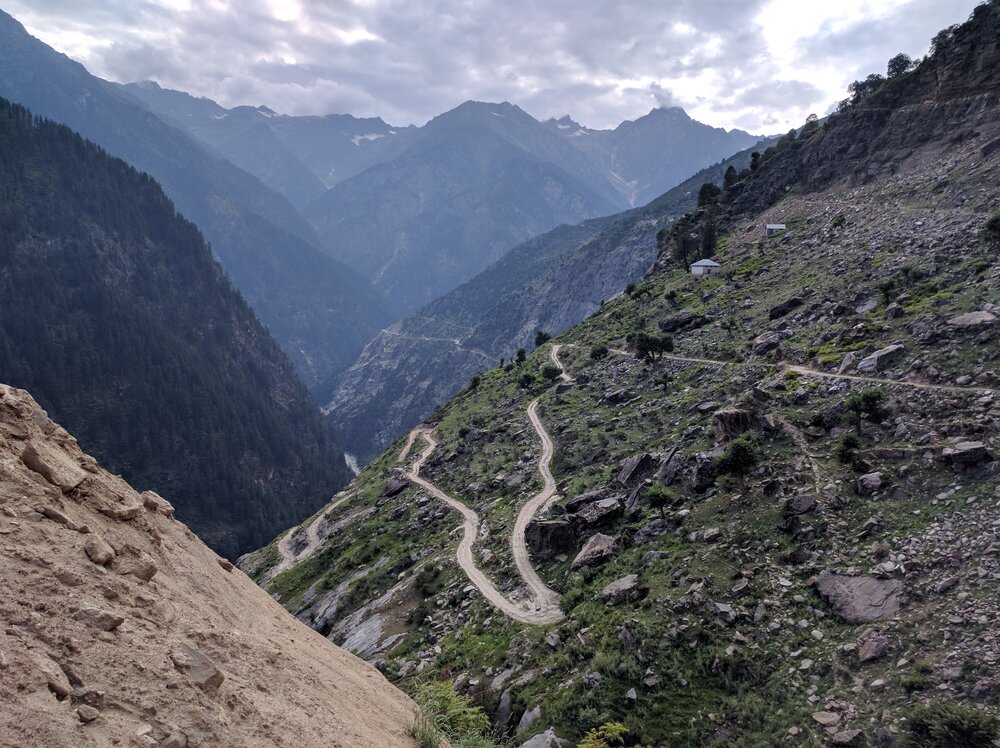
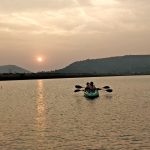
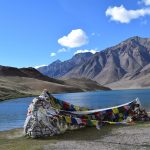
Thanks Pooja, glad you discovered a new place through our journey 🙂